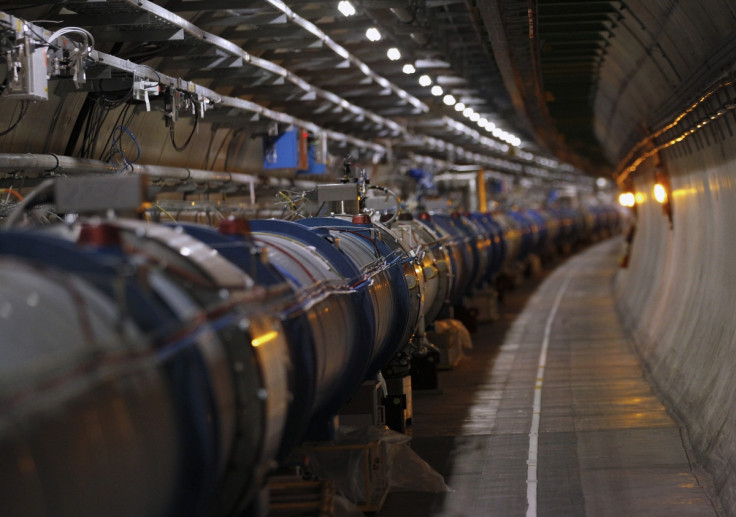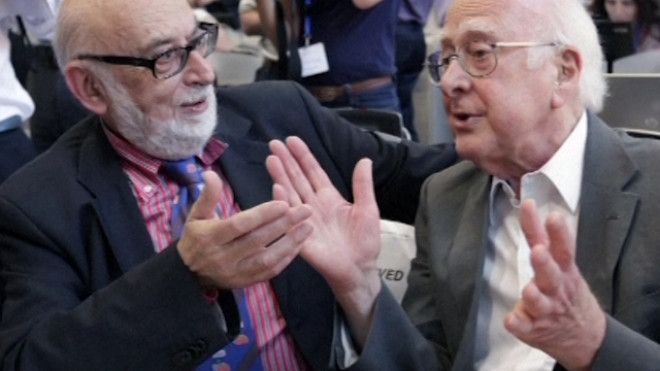China Planning 'Higgs Boson Factory' With World's Biggest Super Collider

China is planning to build a "Higgs factory", creating a 52km super collider that will smash electrons and positrons together.
Scientists at the Institute of High Energy Physics (IHEP) in Beijing are planning to build the collider – which would be the world's biggest collider – by 2028.
According to Nature magazine, the collisions that take place in the underground ring would allow the Higgs boson particle to be studied with far greater precision than if using the 27km Large Hadron Collider at Cern in Geneva, Switzerland.
The Higgs factory would cost an estimated £1.75bn and would act as a step towards a super proton-proton collider that would be ready by 2035.
Unlike the LHC, China's electron-positron collider would produce cleaner collisions that are easier to analyse, meaning it should be able to detect if Higgs is a simple particle or something else.

This would allow scientists to determine if Higgs fits with predictions made by the standard model, or if many types of Higgs exist.
At present, China's biggest collider is just 240m in circumference. Over the past 10 years, the nation has seen several successes with collider experiments.
Ian Shipsey, a professor of experimental physics from the University of Oxford, told Nature that China now has the "confidence" to "propose an ambitious new machine".
Funding is yet to be confirmed for the super collider and experts say that because the high energy physics community is fairly small, the project will need to have international support.
In February, when plans for the super collider were first announced, Wang Yifang, head of the IHEP, told Shanghai Daily: "Only by learning the nature of the Higgs particle can we possibly understand the future focus of particle physics.
"In the long run, it can be revamped into a large proton collider, generating seven times more energy than the Large Hadron Collider in operation in the European Organization for Nuclear Research in Geneva."
© Copyright IBTimes 2025. All rights reserved.





















